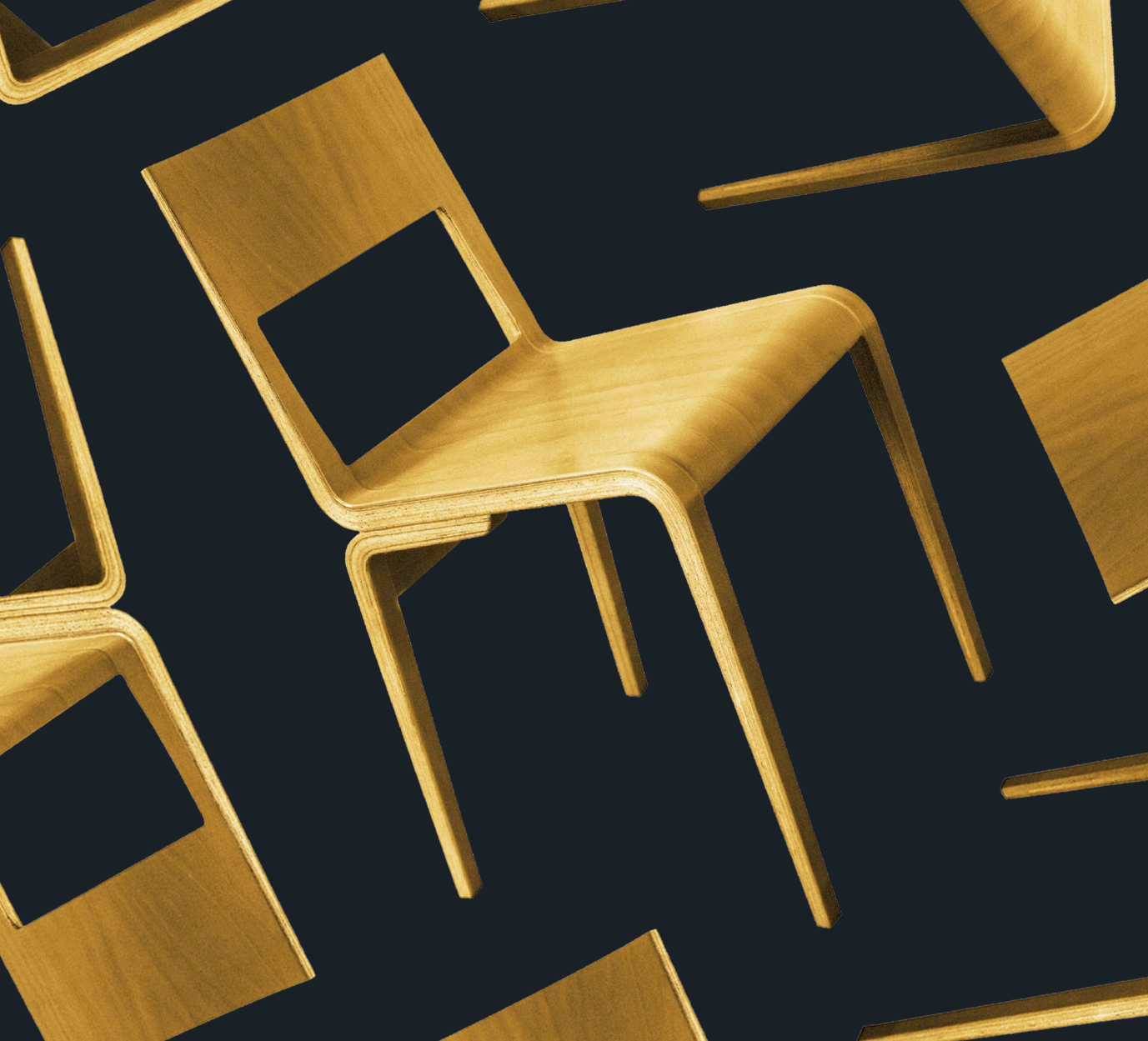An extensive furniture collection was handed over
Deutsche Werkstätten hand over extensive furniture collection to the Museum of Decorative Arts - part of the Dresden State Art Collections
A few weeks ago, Deutsche Werkstätten handed over its extensive collection of furniture, manufactured by the company throughout its history, to the Museum of Decorative Arts in Pillnitz (Kunstgewerbemuseum), a part of Dresden State Art Collections (Staatliche Kunstsammlungen Dresden - SKD). This important evidence of the company's heritage can now be preserved, restored, scientifically processed and presented to a broad local and international public.
Photo: Menzel Chair, Design Erich Menzel, 1948/50, Copyright: Deutsche Werkstätten

Around 130 objects were donated which have been collected and stored by Deutsche Werkstätten in Hellerau since the 1990s, including former company property or projects carried out by Deutsche Werkstätten … . The donation includes pieces of very early machine-made furniture designed by Richard Riemerschmid (around 1900) and further examples of modular furniture, such as the successful bedroom suite by Alexander von Salzmann. Rare types of furniture from the series “Die Billige Wohnung” (The Affordable Home) by Adolf Gustav Schneck (1920s) and furniture by Franz Ehrlich and Selman Selmanagić from the post-war period are also part of the collection. Unique objects from the company canteen or the production rooms in Dresden-Hellerau as well as some pieces from Deutsche Werkstätten’s more recent fabrication based on designs by the German architect Hans Kollhoff complete the extensive scope of the donation.
"We are very pleased, with this generous donation, to be able to significantly expand the collection that already exists in the showrooms (Schaudepot) in Pillnitz."
"We have been working closely with the Museum of Decorative Arts for many years. There, the furniture from Hellerau, which is nowadays often quite rare, is in the best of hands," says Fritz Straub, Managing Partner of Deutsche Werkstätten. The company, founded in 1898 by Karl Schmidt, has always been an important player in design history. Since its foundation, Deutsche Werkstätten has had a significant influence on the German reform movement in the field of furniture construction starting with high-quality and simple furniture for a broad section of the population. …
The furniture, wallpaper and textile production in connection with the visionary layout of the manufacturing plant and the Garden City of Hellerau form a unique testimony to modernism in Dresden. From the 1910s onwards, avant-garde impulses emanated from the garden city and the company. In turn, important personalities from cultural life came to Hellerau to work there or to visit the garden city and the festival theatre. Furniture production was the most important cornerstone at the Hellerau production site. Deutsche Werkstätten made design history with the first so-called ‘machine furniture’ designed by Richard Riemerschmid. They were significant in the advancement of modular furniture and their work contributed to the greatest extent to the development of the profession of ‘designer’.
Since the 1980s and the opening of the showrooms in 2012, Deutsche Werkstätten has been a main focus of the Museum of Decorative Arts in Pillnitz in association with the Staatliche Kunstsammlungen Dresden. With the donation, Dresden becomes the leading reference collection for Deutsche Werkstätten furniture worldwide. Scholarly research into the company was most recently brought to the attention of the public with the exhibition and publication "Against Invisibility.
Women Designers at Deutsche Werkstätten Hellerau 1898 to 1938". This is to be further intensified in cooperation with other partners. Together with Deutsche Werkstätten, the Museum of Decorative Arts would like to continue to work on publicising this unique chapter of Dresden's history. Parts of the donation are to be incorporated into the new presentation about Deutsche Werkstätten at the premises of the Museum in Schloss Pillnitz and can be viewed by the public in the near future.
Text: Joint media information of the Staatliche Kunstsammlungen Dresden (Dresden State Art Collections) and Deutsche Werkstätten
Here you will find the link to the download in the press area of the Dresden State Art Collections.